


If you ever find yourself craving a place where the buzz of city life meets the laid-back charm of southern Thailand,Hat Yai is where you want to be. The moment you step into its lively streets,you’re greeted by a vibrant mix of sounds—the chatter of street vendors,the sizzle of woks tossing fresh seafood,and the occasional melody of a local song drifting from a nearby café. It’s a city that hums with energy but never feels rushed,like it’s inviting you to slow down and soak it all in. Walking through Hat Yai,your senses come alive. The air carries the spicy aroma of grilled satay mingling with the sweet scent of tropical fruits from bustling markets. Brightly colored stalls overflow with everything from exotic durians to handmade crafts,and the friendly vendors greet you with warm smiles that make you feel instantly welcome. At night,the city transforms—neon signs flicker to life,and street food stalls become the heart of social life,where locals and travelers alike gather over plates of crispy fried chicken and bowls of rich,tangy tom yum soup. What really sets Hat Yai apart is its unique blend of cultures. You’ll notice influences from Thai,Chinese,and Malay traditions woven into the city’s food,festivals,and everyday life. It’s a place where temples and mosques stand side by side,and where the warmth of the people makes you feel like you’ve found a second home. If you’re up for an adventure that’s flavorful,friendly,and full of surprises,Hat Yai is waiting to welcome you with open arms.
The information on this page is currently being reviewed by Tripkliq and should be used as a guide only
Eng word: Hello
Eng pronunciation: sah-wah-dee
Local language: สวัสดี
Eng word: Goodbye
Eng pronunciation: lah-gon
Local language: ลาก่อน
Eng word: Thank you
Eng pronunciation: khawp-khun
Local language: ขอบคุณ
Eng word: How much
Eng pronunciation: tao-rai
Local language: เท่าไหร่
Eng word: Toilet
Eng pronunciation: hong-nam
Local language: ห้องน้ำ
Eng word: Help me
Eng pronunciation: chuay-duay
Local language: ช่วยด้วย
Eng word: Yes
Eng pronunciation: chai
Local language: ใช่
Eng word: No
Eng pronunciation: mai
Local language: ไม่
Eng word: Excuse me
Eng pronunciation: kaw-toht
Local language: ขอโทษ
Hat Yai was originally a small village known as Khok Sa-Met Choon. It began to grow rapidly in the early 20th century when the Southern Line of the State Railway of Thailand was constructed, making it a significant transportation hub.
The establishment of the railway station in 1922 was a turning point for Hat Yai, transforming it into a bustling commercial center. The railway connected Hat Yai to major cities in Thailand and Malaysia, boosting trade and tourism.
During the 1960s and 1970s, Hat Yai experienced an economic boom due to its strategic location and the development of its infrastructure. It became a major trading center for rubber and other agricultural products.
Hat Yai is known for its cultural diversity, with a mix of Thai, Chinese, and Malay influences. This is reflected in its vibrant festivals, cuisine, and architecture, making it a unique destination for tourists.
Opened in 1986, Hat Yai Municipal Park is a popular recreational area that offers panoramic views of the city. It features a large Buddha statue, a cable car, and beautiful gardens, making it a must-visit for tourists.
Established in 1967, Prince of Songkla University is one of the leading educational institutions in Southern Thailand. Its Hat Yai campus is known for its research and academic excellence, contributing to the city's intellectual and cultural development.
Kim Yong Market is one of Hat Yai's oldest and most famous markets. Established in the early 20th century, it offers a wide variety of goods, from fresh produce to electronics, and is a favorite shopping destination for both locals and tourists.
Wat Hat Yai Nai is home to one of the largest reclining Buddha statues in Thailand, measuring 35 meters long. This temple is a significant religious site and attracts numerous visitors who come to admire its grandeur and serenity.
Located near Hat Yai, Songkhla Lake is the largest natural lake in Thailand. It is a vital ecological and economic resource for the region, offering opportunities for fishing, bird-watching, and boating.
In Hat Yai, the most common Power Adaptor is Type A, Type B, Type C, Type F.








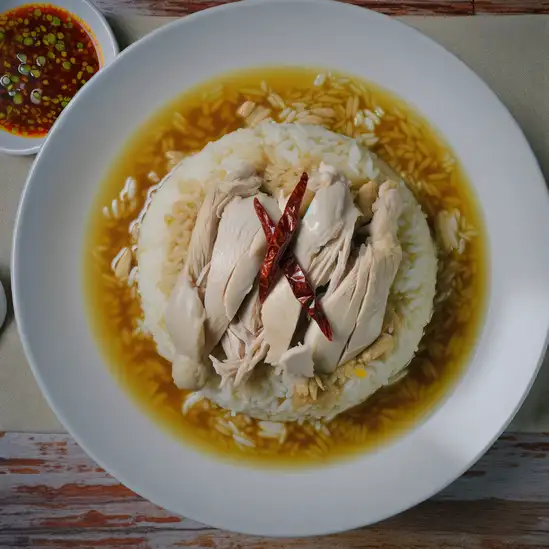
Tender poached chicken served with fragrant rice cooked in chicken broth, accompanied by chili sauce and ginger paste.
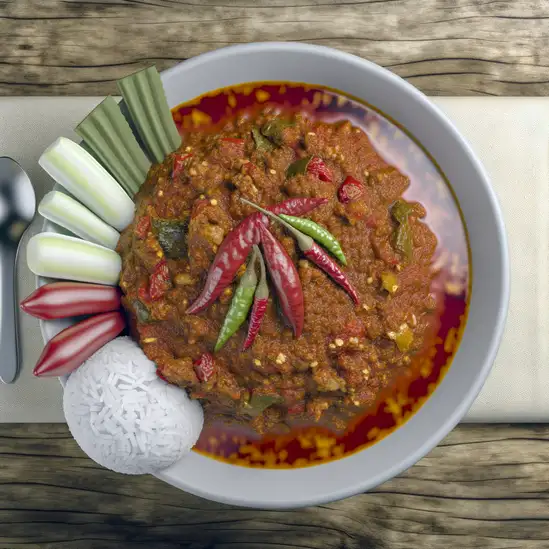
A northern Thai chili dip made from minced pork, tomatoes, and spices, usually served with fresh vegetables and sticky rice.

A spicy green papaya salad that combines shredded papaya, tomatoes, peanuts, and a tangy dressing made from lime and fish sauce.
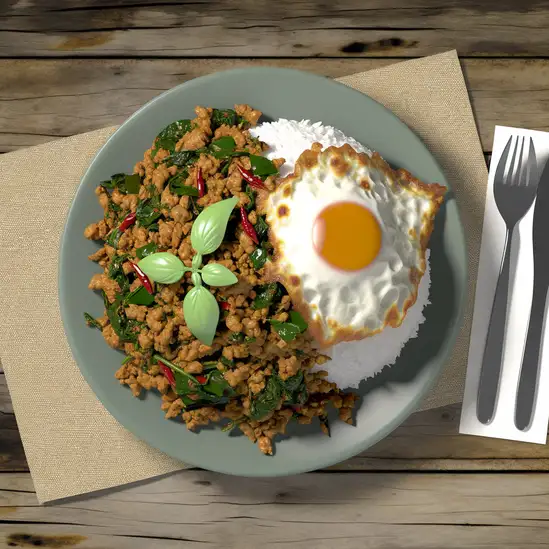
Stir-fried pork with basil and chili, a popular street food dish that is both spicy and aromatic, often served with rice.
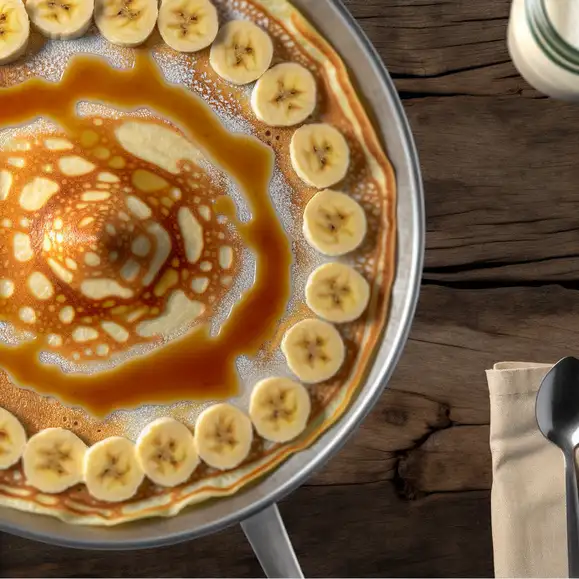
A crispy, flaky flatbread often filled with sweet or savory ingredients, commonly served with condensed milk or curry.
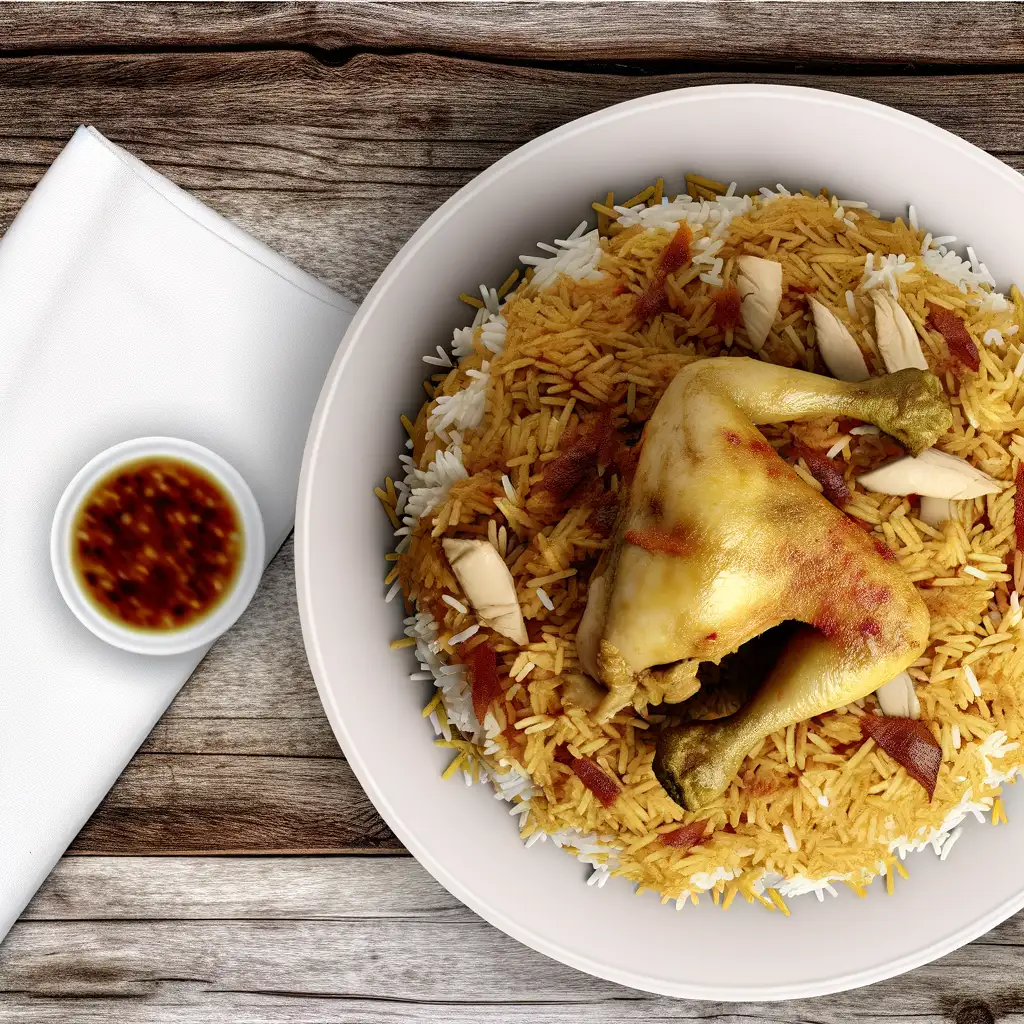
Thai-style chicken biryani, featuring marinated chicken cooked with fragrant rice, spices, and served with a side of cucumber salad.
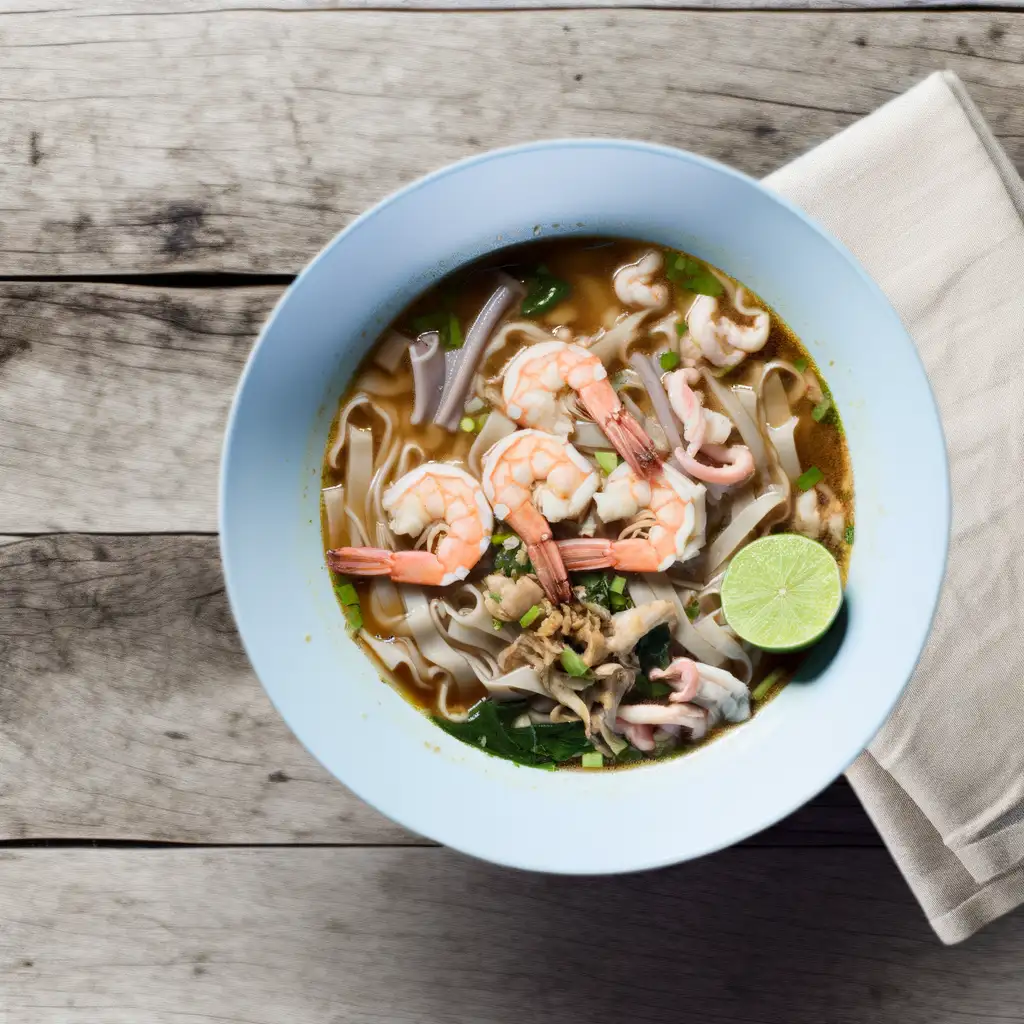
A flavorful noodle soup made with rice noodles, seafood, and a rich broth, often garnished with fresh herbs and lime.
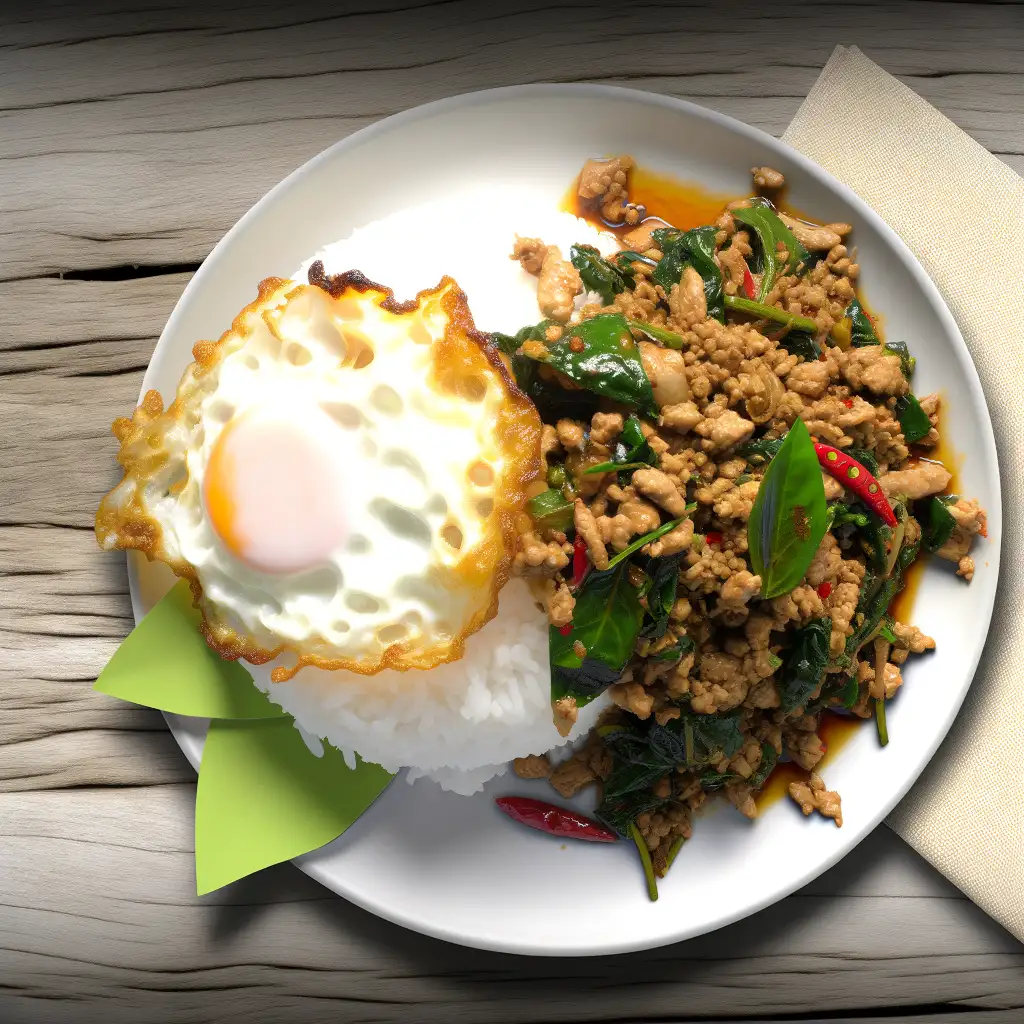
Stir-fried minced pork with holy basil, garlic, and chili, typically served over rice and topped with a fried egg.
Imagine stepping into a place where the air hums with the gentle rhythm of waves lapping against sun-warmed shores,and the scent of salty sea mingles with fragrant street food stalls. That’s Phuket for you—a vibrant island that feels alive in every sense. It’s not just the stunning beaches that grab you,but the way the island pulses with a laid-back energy,where colorful markets buzz with chatter and the aroma of grilled seafood fills the air. Walking through the old town,you’ll find charming Sino-Portuguese buildings painted in pastel hues,their shutters creaking softly in the tropical breeze,while tuk-tuks zip by,adding a playful soundtrack to your explorations.
Phuket’s character is a beautiful blend of tradition and liveliness. Temples with golden spires peek out from lush greenery,inviting quiet moments of reflection,while nearby,night markets burst with life—vendors calling out,sizzling woks,and the sweet tang of mango sticky rice tempting your taste buds. The island’s culture is warm and welcoming,with locals who smile easily and share stories over cups of strong Thai coffee or fresh coconut water.
What makes Phuket truly special is how it wraps you in its embrace—whether you’re watching a fiery sunset from a cliffside bar,diving into crystal-clear waters teeming with vibrant marine life,or simply savoring the spicy kick of a freshly made curry. It’s a place that invites you to slow down,soak in the colors,sounds,and flavors,and leave with a heart full of unforgettable moments.
If you find yourself wandering into Amphoe Mueang Krabi,get ready to be wrapped in a warm embrace of nature and culture that feels both vibrant and soothing. The moment you step into this lively district,the salty tang of the Andaman Sea mingles with the sweet scent of tropical flowers,setting a scene that’s as refreshing as it is inviting. The streets buzz gently with the chatter of locals and the clinking of street food stalls,where the aroma of grilled seafood and spicy herbs teases your senses and promises a feast.
What makes Mueang Krabi truly special is how effortlessly it balances its laid-back island charm with a pulse of authentic Thai life. You’ll find yourself wandering through bustling markets filled with colorful fruits,handmade crafts,and the friendly smiles of vendors eager to share stories. The rhythm of daily life here is unhurried but alive,with monks in saffron robes gliding past ancient temples,and fishermen hauling in their catch against a backdrop of limestone cliffs that rise dramatically from the turquoise waters.
Spend your days exploring hidden coves or kayaking through mangrove forests,and your evenings savoring fresh seafood at a beachside shack while the sun dips low,painting the sky in fiery hues. There’s a genuine warmth in the air—both from the tropical sun and the people—that makes you feel like you’re not just visiting,but truly belonging. Mueang Krabi isn’t just a place to see; it’s a place to feel,taste,and remember long after you’ve left.
If you’re dreaming of a place where the pace slows just enough to let you breathe in the salty sea air and feel the warm sun kiss your skin,Koh Samui is that kind of magic. The island hums with a laid-back energy that’s both soothing and invigorating—like a gentle invitation to explore without rushing. Palm trees sway lazily against a backdrop of turquoise waters,and the soft crash of waves creates a soundtrack that instantly melts away any stress. Walking along the beaches,you’ll catch the scent of frangipani mingling with the faint aroma of grilled seafood from nearby beachside shacks.
What really makes Koh Samui special is its blend of vibrant local culture and natural beauty. The island’s temples,like the striking Big Buddha,offer moments of quiet reflection amid the tropical buzz. At night,the markets come alive with colorful stalls selling everything from fresh mango sticky rice to spicy papaya salad,each bite bursting with bold,fresh flavors that tell stories of the land and sea. Friendly locals greet you with warm smiles,eager to share their traditions and stories.
Beyond the beaches,there’s a wild side to Koh Samui—lush jungles with hidden waterfalls,secret viewpoints that reward you with breathtaking panoramas,and cozy cafes tucked away where you can sip rich Thai coffee while watching the world go by. It’s a place that feels both familiar and wonderfully new,where every moment invites you to slow down,savor,and soak in the island’s unique rhythm.
If you’re dreaming of a place where nature’s beauty feels like it’s wrapped around you like a warm hug,Langkawi is that kind of magic. The moment you step off the ferry or plane,there’s this gentle tropical breeze carrying the scent of salt and frangipani,instantly calming your mind. The island hums with a laid-back energy—no rush,just the soft rustle of palm leaves and the distant call of exotic birds. It’s the kind of place where time slows down,inviting you to soak in every vibrant detail.
Langkawi’s charm lies in its wild,lush landscapes meeting the turquoise sea. Imagine hiking through dense rainforests where sunlight filters through the canopy,dappling the forest floor,or standing on the Sky Bridge,suspended high above the treetops,with panoramic views that steal your breath away. The beaches aren’t just pretty—they’re alive with the sound of gentle waves lapping against powdery white sand,and the taste of fresh seafood grilled right on the beach,bursting with smoky,spicy flavors.
What really makes Langkawi special is its blend of cultures and stories. You’ll find local markets buzzing with friendly vendors offering tropical fruits and handmade crafts,while the island’s legends and history whisper through ancient temples and mangrove forests. It’s a place where you can lose yourself in nature,savor authentic Malay flavors,and feel the genuine warmth of the people. Trust me,Langkawi isn’t just a destination—it’s a feeling you’ll want to carry with you long after you leave.
Imagine stepping into a place where the past and present dance effortlessly together—that’s Penang Island for you. The moment you arrive,there’s this warm,inviting buzz in the air,a mix of bustling street markets,the chatter of locals,and the distant hum of the sea. George Town,the island’s heart,feels like an open-air museum sprinkled with vibrant street art,colonial buildings,and temples that tell stories of centuries gone by. Walking through its narrow lanes,you’ll catch the scent of spices,fresh herbs,and sizzling street food that’s impossible to resist.
Penang’s food scene is legendary,and it’s not just about eating—it’s a full-on sensory adventure. Picture biting into a char kway teow,the smoky wok hei flavor hitting your taste buds,or savoring a bowl of asam laksa,where tangy tamarind broth mingles with fresh fish and mint. Every meal feels like a celebration of the island’s rich multicultural heritage,blending Malay,Chinese,Indian,and even Nyonya influences.
Beyond the city,the island’s lush hills and palm-fringed beaches offer a peaceful contrast to the lively streets. You can hike up Penang Hill for panoramic views or unwind by the shore,feeling the gentle sea breeze. What really stays with you,though,is the genuine warmth of the people—friendly smiles,curious conversations,and a laid-back vibe that makes you want to linger just a little longer. Penang isn’t just a place to visit; it’s a place that invites you to slow down,savor life,and soak in its colorful,flavorful soul.
Trang is a lesser-known gem in southern Thailand,offering access to stunning islands like Koh Muk and the Emerald Cave. It is ideal for travelers seeking a quieter,more authentic experience.
ExploreSome exchange booths may use sleight of hand or incorrect rates to shortchange tourists during currency exchanges.
Tourists are lured into buying 'precious gems' at heavily discounted prices, which turn out to be fake or of low quality.
Scammers posing as police officers may accuse tourists of minor infractions and demand on-the-spot fines.
Unscrupulous agents sell fake or overpriced tour packages that either don't exist or provide subpar services.
Tourists renting jet skis are accused of causing damage and are forced to pay hefty repair fees, often in collusion with the rental operator.
Some massage parlors may overcharge tourists or provide substandard services compared to what was promised.
Tourists are accused of damaging rented motorbikes and are forced to pay exorbitant repair fees, even if the damage was pre-existing.
Certain restaurants or street vendors may charge tourists significantly higher prices than locals for the same items.
Crowded areas, markets, and public transport are hotspots for pickpockets and bag snatchers targeting tourists.
Tuk-tuk drivers may quote inflated prices for short rides, especially if tourists are unfamiliar with the standard rates.
Thailand has very strict drug laws, and this includes Hat Yai. The possession, use, or trafficking of illegal drugs can result in severe penalties, including long prison sentences and hefty fines. In some cases, the death penalty can be imposed for serious drug offenses. Tourists should avoid any involvement with illegal drugs to avoid severe legal consequences.
In Hat Yai, Thailand, smoking is regulated by national laws. Smoking is prohibited in indoor public places, workplaces, and public transport. There are designated smoking areas in some public places, but smoking is generally not allowed in restaurants, bars, and other enclosed spaces. Violators can face fines. Additionally, smoking is banned in certain outdoor areas such as public parks, beaches, and markets.
Vaping is heavily restricted in Thailand, including Hat Yai. The import, sale, and possession of e-cigarettes and vaping equipment are illegal. Tourists should be aware that bringing vaping devices into the country can result in confiscation, fines, or even imprisonment. It is advisable to avoid using or carrying vaping products while in Thailand.
What are other people saying about Hat Yai?
Recent Social posts about Hat Yai
There is nothing to show you for now.